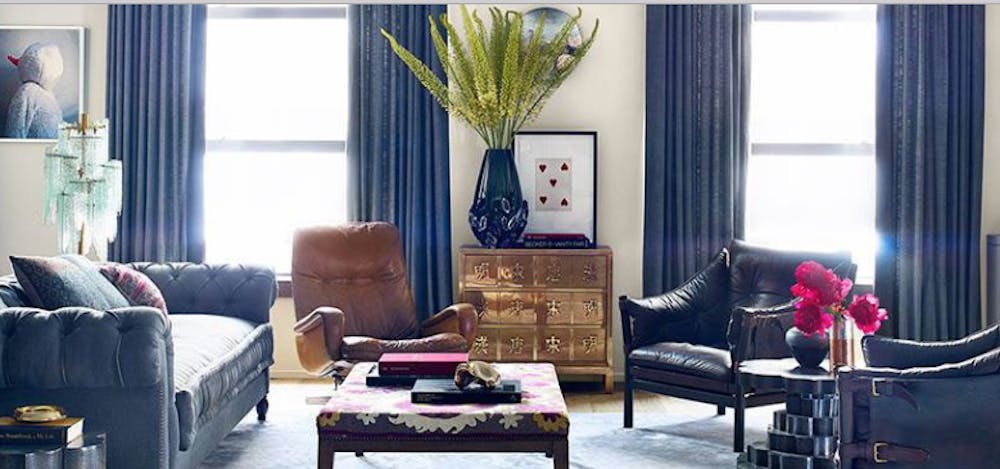How to Price a House to Sell like Hotcakes

Repeat after us: What you paid doesn’t matter
You may have a dollar figure in mind—perhaps based on what you paid originally, plus a little extra. Because homes appreciate, right? Maybe yes, maybe no. While a hefty increase in value is nice in theory, “ultimately, it’s up to the market,”
Think of it this way: Would you buy a banana for $1 if those same bananas were on sale down the block for 69 cents? Of course not! And, of course, a home ain’t no banana.
No matter what you paid for your home, market values fluctuate—both up and down. This can work for you or against you. But all that matters on the open market is what buyers are willing to pay now.
Get a CMA
The best way to get a handle on your home’s sales price are the prices of similarly sized homes in your neighborhood—otherwise known as “comparables,” or “comps.” For example, if a house near yours with the same square footage and numbers of bedrooms and bathrooms, and in similar condition, sold for $230,000 within the past three months, you can bet your own price will be in that ballpark.
For a quick snapshot, several websites (including this one) offer automated valuation models, or AVMs, where you type in your address and then get a price based on an algorithm that factors in comps in your area. But AVMs are just a starting point.
Leave some wiggle room
Most buyers love to negotiate when you’re trying to sell your house. So it helps to “let them win one,” Crouch says. Instead of starting out with the absolute lowest price you can afford to go, add a bit of a cushion. How much? Crouch says you should round off your asking price in $5,000 increments. “It’s just how people think,” he says. So if you know you want $347,000 for your house, you can play it safe and round up to $350,000.
Also keep in mind that many first-time buyers may have a hard time coming up with cash for closing in addition to their down payment, even if their finances are good and they’re qualified for a loan. Offering to cover closing costs—while sticking to a higher asking price—might help seal the deal.
Price with Internet browsing in mind
Once you find yourself a ballpark price you’re happy with, it’s time to fine-tune it. Keep shoppers’ online search parameters firmly in mind—small differences in your price can spell a big difference in your exposure.
“Home buyers typically fill out a Web form that has a minimum price and maximum price,” says Crouch. “If you’re a dollar outside of that range it is going to be like your house didn’t exist—they’ll never see it.” In other words: Price your home at $300,000, and you could miss out on a whole lot of people who are searching in the $250,000–$299,999 price range. So if you’re on the cusp, consider rounding down to capture more eyeballs. Remember what we said about padding? It cuts both ways.
Want to see what Zillow has to say about pricing your home tosee fast? Don’t let us do all the talking! Click here to take a look